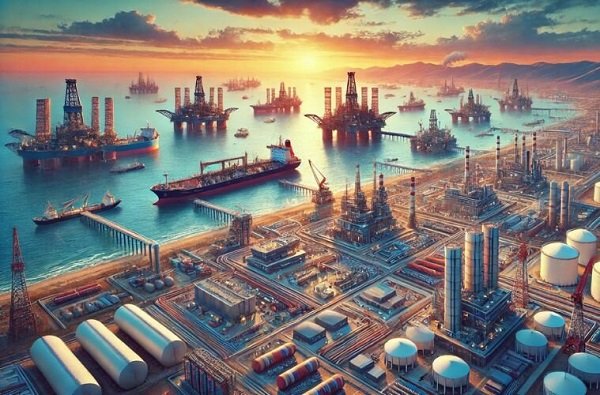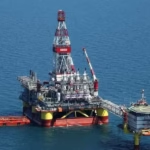Physical Address
304 North Cardinal St.
Dorchester Center, MA 02124
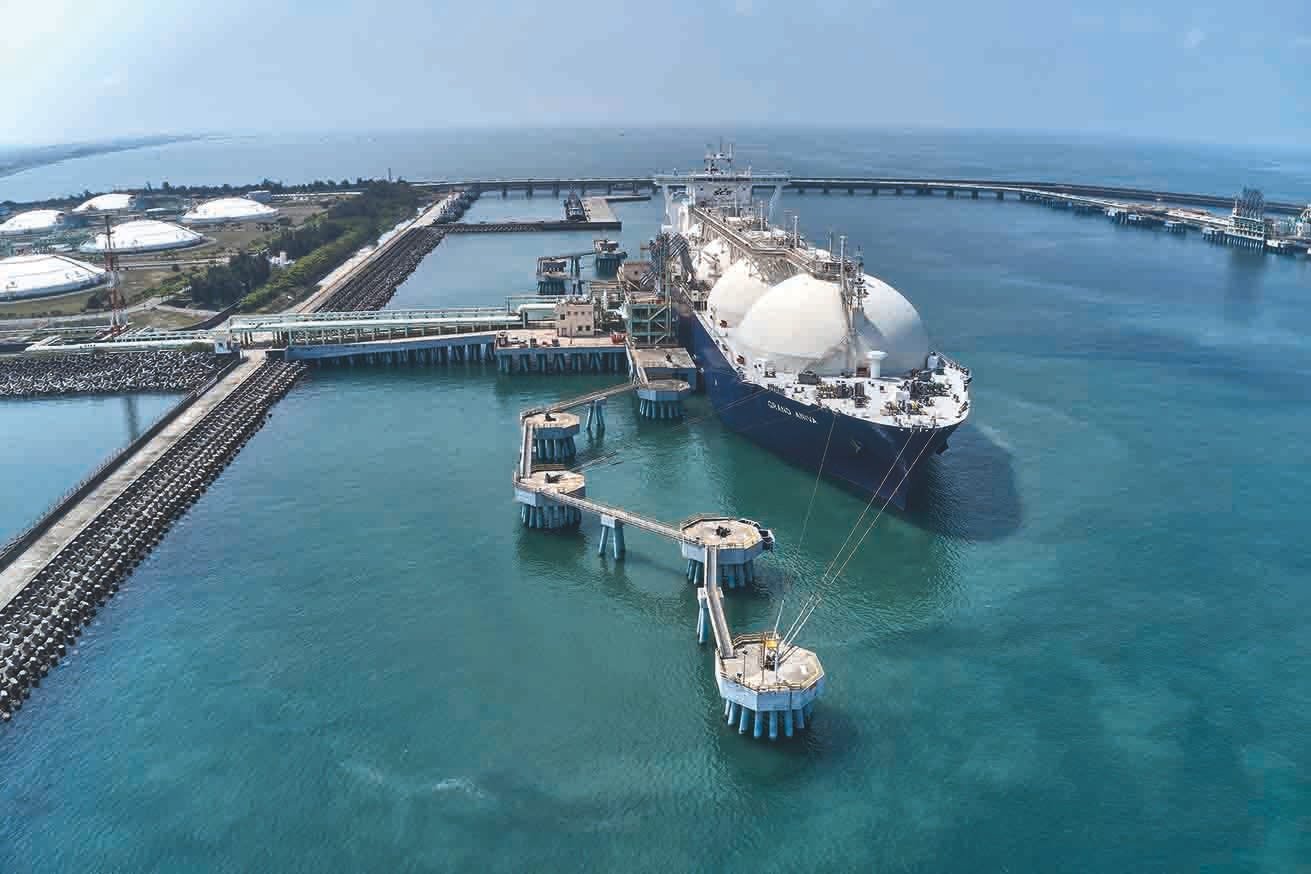
Asia is at the center of the global Liquefied Natural Gas (LNG) story. For decades, the region has been the largest consumer of LNG, with countries like Japan and South Korea driving demand. But today, the future of LNG is increasingly defined by emerging giants China, India, and Southeast Asia.
These nations are reshaping LNG markets with their growing populations, rapid industrialization, and urgent need for cleaner energy. Their choices will determine not only LNG trade flows but also the balance of global energy security and the pace of the world’s energy transition.

Asia accounts for about 70% of global LNG imports. While Japan and South Korea remain top importers, demand growth is shifting south and west. China overtook Japan in 2021 to become the world’s largest LNG importer before dipping in 2022 due to COVID-19 and high spot prices. The shift toward China, India, and Southeast Asia signals a new phase in LNG markets, one defined by economic growth and rising energy demand.
India is one of the most dynamic LNG markets globally:
Current Demand: Natural gas accounts for only about 6% of India’s energy mix, compared to a global average of ~24% (IEA).
Government Ambition: India aims to increase gas to 15% of its energy mix by 2030, making LNG crucial.
Infrastructure Challenge: Despite ambitious targets, India faces bottlenecks in pipeline infrastructure and regasification capacity.
Spot Market Reliance: India often relies on spot LNG, making it vulnerable to price spikes like in 2022.
India’s LNG future depends on how quickly it can build pipelines and terminals to integrate imported LNG into its vast domestic market.
Southeast Asia is a region of contrasts, some countries are exporters (e.g., Malaysia, Indonesia), while others are emerging as big importers.
Thailand, Philippines, and Vietnam are ramping up LNG imports to meet rising demand and declining domestic gas reserves.
Singapore has become a regional LNG hub, offering trading and bunkering services (Singapore Energy Market Authority).
Indonesia and Malaysia face declining domestic reserves and may gradually shift from exporters to balanced traders.
Southeast Asia could be the fastest-growing LNG importing region through 2040 as economies expand and power demand surges.
LNG provides diversification from volatile pipeline politics and coal dependence.
Switching from coal to gas helps Asia meet climate commitments while maintaining growth.
Heavy reliance on spot LNG leaves Asia vulnerable to global price spikes as seen in 2021–2022 when many developing countries reduced imports due to unaffordable costs (Financial Times).
Asia needs massive investments in regasification terminals, pipelines, and storage to absorb rising LNG flows.
U.S. vs. Qatar: Both are vying for long-term LNG contracts with Asian buyers.
China’s Strategy: Beijing’s long-term contracts aim to shield it from spot price volatility.
India’s Diplomacy: New Delhi is negotiating with multiple suppliers to avoid overdependence.
Southeast Asia’s Position: As demand rises, the region becomes a strategic LNG growth frontier.
LNG in Asia is no longer just about energy, it’s about geopolitics and influence.
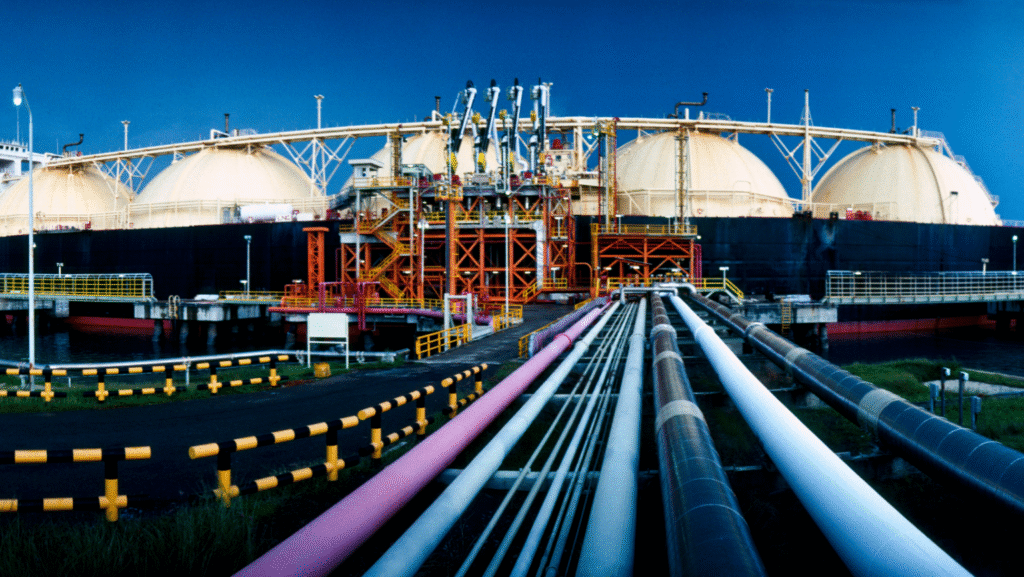
The invasion of Ukraine in February 2022 triggered a collapse in trust. Russia cut pipeline flows, culminating in the sabotage of Nord Stream pipelines in September 2022 (BBC).
Europe scrambled to secure alternatives:
Gas prices spiked to record highs of over €300/MWh (IEA).
Governments rolled out emergency subsidies and rationing measures.
LNG imports soared, reshaping trade flows.
The crisis underscored how pipeline dependence can become a geopolitical weapon.
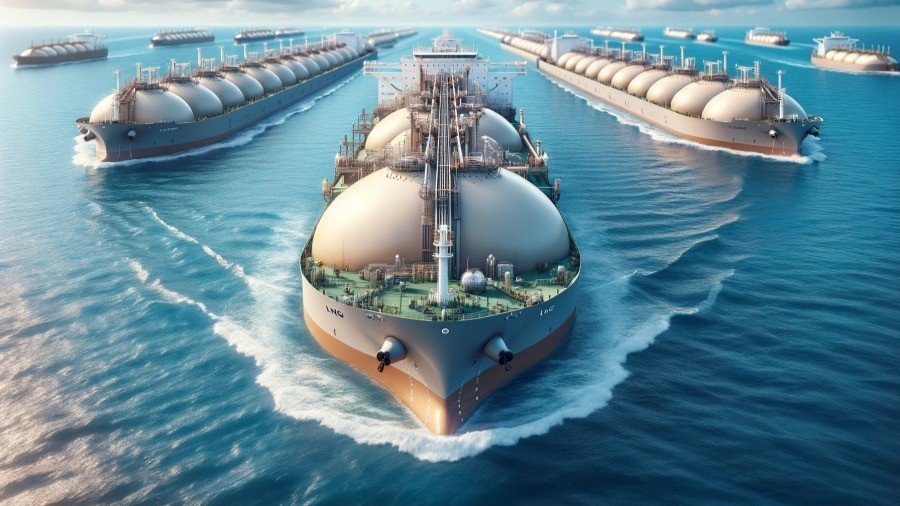
China’s energy strategy is central to LNG’s future:
Energy Transition Goals: China aims to peak carbon emissions by 2030 and achieve carbon neutrality by 2060 (China State Council).
Coal-to-Gas Switching: LNG plays a key role in reducing reliance on coal, especially in industrial and residential heating.
Infrastructure Buildout: China has aggressively expanded its LNG import terminals, with 27 operational terminals and more under construction.
Supply Security: Beijing is signing long-term deals with Qatar and the U.S. to secure supplies (CNBC).
China’s LNG demand will likely rebound strongly post-2023, with consumption rising steadily through the 2030s.
While LNG demand is set to grow, the long-term outlook is shaped by the energy transition:
China: Expected to balance LNG with a rapid scale-up of renewables.
India: Will use LNG to reduce coal but faces affordability challenges.
Southeast Asia: Likely to see LNG as a primary growth fuel while renewables mature.
According to the International Gas Union, LNG will remain a key part of Asia’s mix until at least the 2040s — after which renewables and hydrogen may dominate.
The future of LNG in Asia will be written by China, India, and Southeast Asia. These regions’ demand trajectories will determine global LNG investments, trade patterns, and pricing dynamics.
China is locking in supplies through long-term contracts.
India is poised for explosive growth if infrastructure catches up.
Southeast Asia represents the new LNG frontier, balancing domestic production with rising import needs.
As Asia grows, LNG will not only reshape the continent’s energy landscape but also the global gas market itself.
